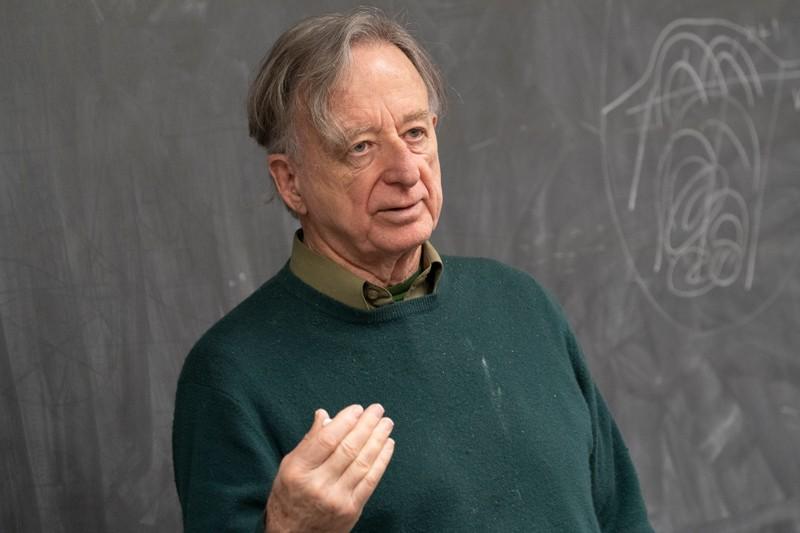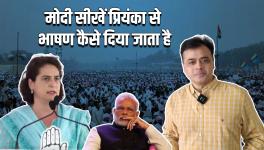Works on Topology Brings Abel Prize of 2022

Image Courtesy: John Griffin/Stony Brook University/Abel Prize
The Abel Prize, one of the most prestigious in Mathematics, has been bagged by mathematician Dennis Sullivan, based in the United States. The Abel Prize 2022 has been offered to Sullivan for his contributions to the field known as 'Topology', which studies qualitative properties of shapes and related fields.
Announced by the Norwegian Academy of Science and Letters, based in Oslo, on March 23, the citation for the 2022 Abel Prize reads—"Sullivan has repeatedly changed the landscape of topology by introducing new concepts, proving landmark theorems, answering old conjectures and formulating new problems that have driven the field forwards. Throughout his career, Sullivan has moved from one area of mathematics to another and solved problems using a wide variety of tools, "like a true virtuoso."
The prize is worth 7.5 million Norwegian Kroner, around $854,000.
First awarded in 2003, the Abel Prize represents a lifetime achievement. The 24 Abel laureates conferred with the prize so far are all famous mathematicians. And most of them had done their famous works during the mid to late 20th century.
Sullivan was born in the year 1941 in the US and began his mathematical career in the 1960s. Notably, the field of topology was in its blooming stage. Most of the topological research was centred around classifying all possible 'manifolds', a geometrical concept beyond Euclidean geometry.
Sullivan's founding role in what is known as the 'rational homotopy theory' has been acknowledged as the most fundamental contribution to the topology. Sullivan came out with his model in the 1970s on rational homotopy theory that made calculations much simpler while describing how to deform one surface over another. For example, transforming a solid disc into a single point can represent the idea of the theory.
In addition, Sullivan could connect techniques from other areas, like communicative algebra and showed that they could be applied to topological spaces. Commenting on his ability and mastery in it, Hans Munthe Kaas, the chair of the Abel prize committee, said, "Sullivan is a master in connecting diverse areas of mathematics."
Connecting different mathematics areas and linking them to topology opened up new possibilities for many applied fields. For example, algebraic topology has become very useful for data science, and here, the mathematics of complex geometric structures is used to analyse large-scale data. Munthe Kaas further said, "Many of the field's advances in the past couple of decades have rested on the foundations laid by Sullivan."
Sullivan's interest diverted to the study of dynamical systems during the 1980s. The dynamical systems are those that evolve over time. Few easily perceivable examples are the ecological populations that cycle in intervals and orbits of mutually interacting planets. Since then, Sullivan has been fascinated with the turbulent behaviour that some fluids manifest, like water in a stream. Sullivan commented on his future academic/research endeavours to discover some patterns that can predict such turbulent motions possible on a large scale.
"Almost any place you start digging, you find the good stuff, and it's amazing actually," says Sullivan.
"It's like music – it's amazing how good it is, classical music, how diverse and wonderful it is. It didn't have to be so. Mathematics is like that."
Get the latest reports & analysis with people's perspective on Protests, movements & deep analytical videos, discussions of the current affairs in your Telegram app. Subscribe to NewsClick's Telegram channel & get Real-Time updates on stories, as they get published on our website.














